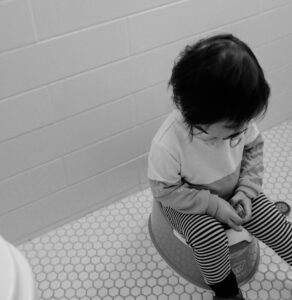We all want our children to be happy and healthy, and getting a good night’s sleep is a crucial part of that. However, many parents struggle with getting their children to sleep in their own rooms. If you’re one of them, know that you’re not alone, and there are strategies you can use to help your child sleep independently.
One of the most effective ways to help your child sleep in their own room is through the use of Applied Behavior Analysis (ABA) methodologies. ABA is an evidence-based practice that focuses on understanding and changing behavior through the use of positive reinforcement. By using ABA techniques, you can help your child learn to sleep independently and feel more comfortable in their own room.
Here are a few ABA-based tips you can use to help your child sleep in their own room:
- Establish a bedtime routine: Children thrive on routine, and having a consistent bedtime routine can help them feel more secure and prepared for sleep. This can include activities such as reading a story, taking a bath, and saying goodnight to family members.
- Use positive reinforcement: When your child sleeps in their own room, be sure to praise and reward them for their efforts. This can be as simple as telling them how proud you are of them or giving them a small treat.
- Gradual fading: Gradually increase the amount of time your child spends in their own room each night. Start with a few minutes, and gradually increase the time until they are able to sleep through the night in their own room.
- Use a reward system: Create a reward chart for your child that they can use to keep track of their progress. Once they have achieved a certain number of successful nights in their own room, they can receive a prize or reward.
- Get professional help: If you’re still struggling with getting your child to sleep in their own room, it might be helpful to seek the help of a professional. A behavior therapist can work with you and your child to develop a plan that is tailored to your child’s specific needs.
Remember, it’s important to be patient and consistent when working with your child to help them sleep in their own room. With the right strategies and support, your child will be sleeping independently in no time.



